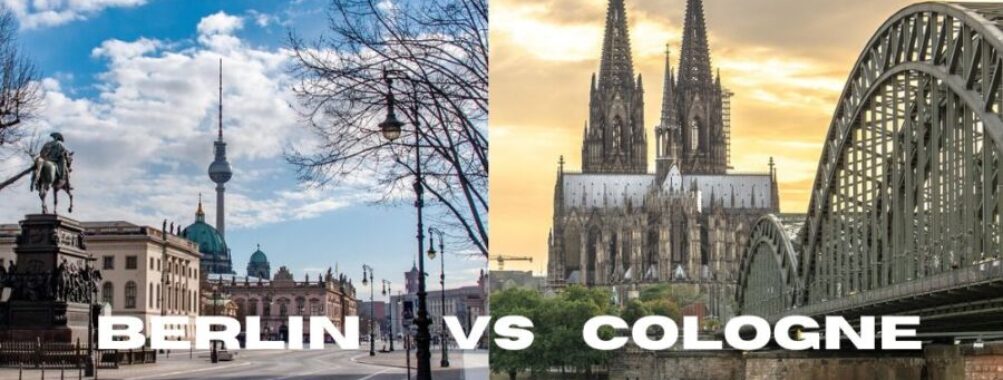
Berlin vs Cologne: 7 Key Differences Between Germany’s Most Dynamic Cities
Germany’s two most iconic cities offer vastly different experiences for travelers. Berlin shines as a dynamic metropolis filled with modern art, diverse culture, and rich history. Meanwhile, Cologne stands proud as an ancient Roman city with its stunning Gothic cathedral and laid-back Rhine River lifestyle.
Visitors should choose Berlin for a longer stay of 3-7 days to explore its vast attractions, while Cologne works better as a 1-3 day destination. Berlin has more activities, museums, and nightlife options spread across its larger area. On the other hand, Cologne feels more compact and cozy, making it perfect for shorter trips.
The choice between these cities comes down to what a traveler seeks. Berlin attracts those wanting endless options, cutting-edge art, and vibrant nightlife. Meanwhile, Cologne draws people looking for traditional German charm, incredible architecture, and world-famous beer culture in a more relaxed setting.
Table of Contents
- Geographical Overview
- Location and Climate
- Major Rivers and Landmarks
- Historical Significance
- Berlin’s Rich History
- Cologne’s Ancient Roots
- Cultural and Artistic Scene
- Museums and Galleries
- Music and Nightlife
- Festivals and Events
- Lifestyle and Population
- Demographics and Diversity
- Local Traditions
- Economic Landscape
- Business and Media
- Science and Technology Sector
- Urban Infrastructure
- Public Transportation Networks
- City Planning and Architecture
- Cost of Living Comparison
- Housing and Rent
- Daily Expenses
- Leisure and Entertainment
- Shopping Destinations
- Food and Gastronomy
- Recreational Activities
- Fashion and Design
- Tourist Attractions and Travel Tips
- Must-Visit Places
- Accommodation and Services
- Traveler Anecdotes
- Frequently Asked Questions
- What are the key differences in tourist attractions between Berlin and Cologne?
- Which city offers a more authentic Christmas market experience, Berlin or Cologne?
- Considering cost of living, which city is more budget-friendly for visitors, Berlin or Cologne?
- Can you compare the cultural and historical offers of Berlin and Cologne?
- What are some unique activities to do in Berlin and Cologne not found elsewhere?
- How do travel experiences differ between Berlin and Cologne during major holidays?
- Book Your Dream Experience
- More Travel Guides
Geographical Overview
Berlin and Cologne sit in very different parts of Germany, shaped by distinct geographic features and weather patterns that give each city its unique character. Their locations have played a big role in their growth and development over centuries.
Location and Climate
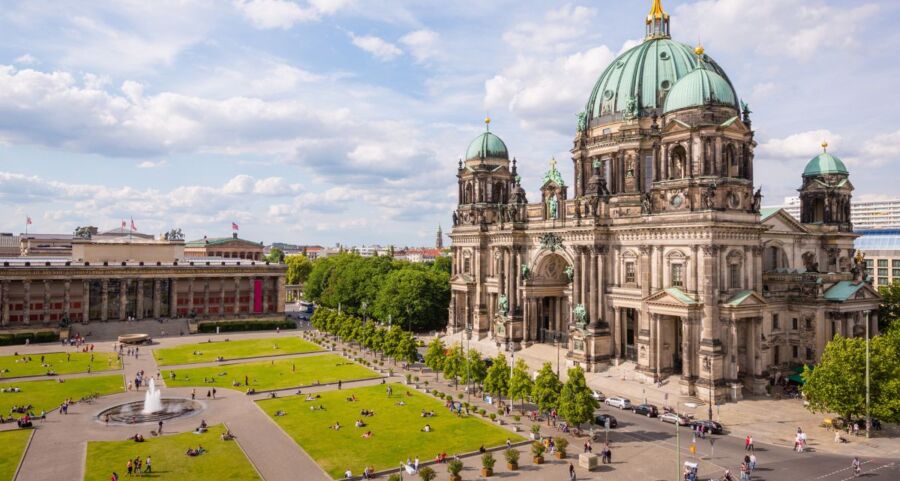
Berlin sits in northeastern Germany, spread across a flat area shaped by glaciers long ago. The city enjoys warm summers around 75°F but faces cold winters that often dip below freezing. You’ll find lots of lakes and forests around Berlin, perfect for escaping the city heat.
Cologne hugs the banks of the Rhine River in western Germany. The city enjoys milder weather than Berlin thanks to warm winds from the Atlantic. Winters rarely get too cold, while summers stay pleasant with temps in the low 70s.
Major Rivers and Landmarks
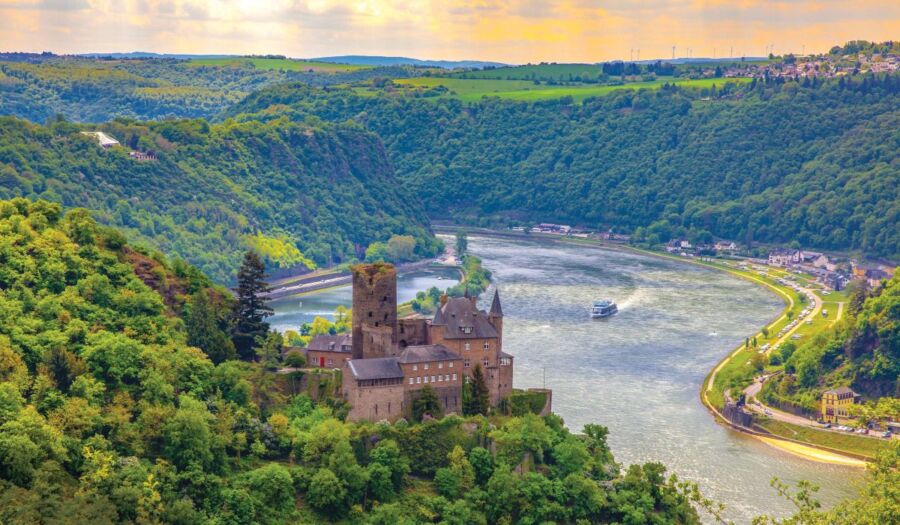
The Rhine River flows right through Cologne’s heart, with the massive Gothic cathedral rising above its western bank. The cathedral’s twin spires reach 515 feet high, making them visible from almost anywhere in the city.
Berlin is crossed by the Spree River, which creates a network of waterways through the city center. The iconic Brandenburg Gate stands near the river, marking what was once the division between East and West Berlin.
Both cities feature extensive parks and green spaces. Berlin’s Tiergarten covers over 500 acres in the city center, while Cologne’s Rhine Park offers stunning views of the old town and cathedral.
Historical Significance
Both Berlin and Cologne stand as living museums, each telling unique stories through their architecture and cultural landmarks. Each city showcases different periods of German history, from ancient Roman settlements to modern political transformations.
Berlin’s Rich History

Berlin’s story starts as a medieval trading post, but its most dramatic chapters unfolded in the 20th century. The city became the center stage for World War II’s aftermath and the Cold War era. The Berlin Wall Memorial now marks where the infamous barrier once split the city in two from 1961 to 1989.
You’ll spot traces of different historical periods throughout Berlin’s neighborhoods. The grand buildings around Museum Island reflect the city’s golden age as Prussia’s capital. In the eastern districts, Soviet-style apartment blocks tell stories of life behind the Iron Curtain. Meanwhile, the modern government district, with its glass and steel buildings, represents Germany’s reunification and democratic rebirth.
Cologne’s Ancient Roots
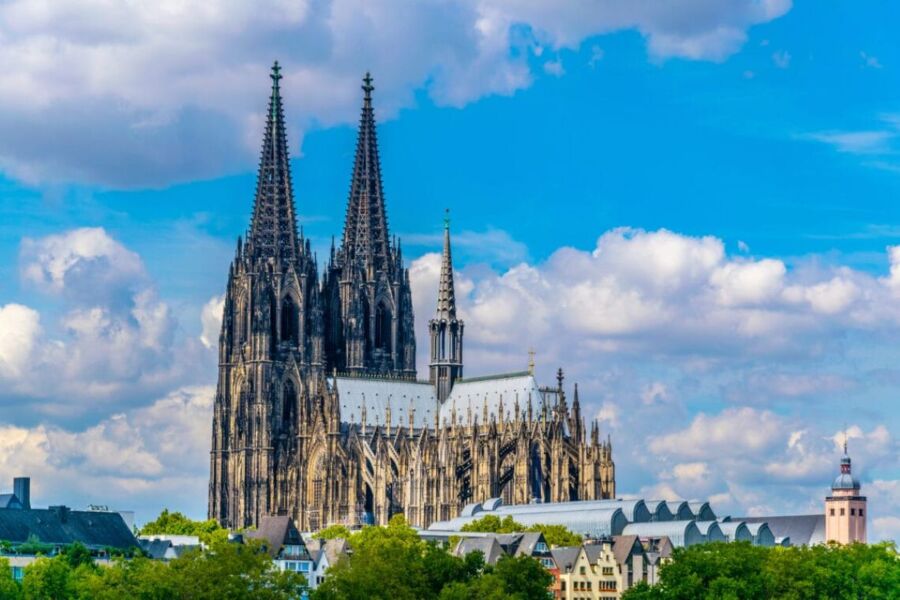
Cologne’s history spans over 2,000 years, making it one of Germany’s oldest cities. The Romans established it in 50 AD as Colonia Claudia Ara Agrippinensium, and many Roman ruins still exist beneath the modern streets.
The city’s medieval glory shines through its Gothic masterpiece – the Cologne Cathedral. Started in 1248, this architectural wonder took over 600 years to complete.
Walking through Cologne’s old town feels like stepping through different time periods. The mix of Roman architecture, medieval churches, and restored post-war buildings creates a unique historical landscape.
The Rhine River has shaped Cologne’s destiny since Roman times. Its strategic location made the city a major trading hub during the Middle Ages, bringing wealth and cultural exchange that still influences the city today.
Cultural and Artistic Scene
Both cities offer rich artistic experiences, but they express creativity in distinct ways. Berlin leads with cutting-edge contemporary art and techno music, while Cologne shines through its medieval heritage and traditional art forms.
Museums and Galleries
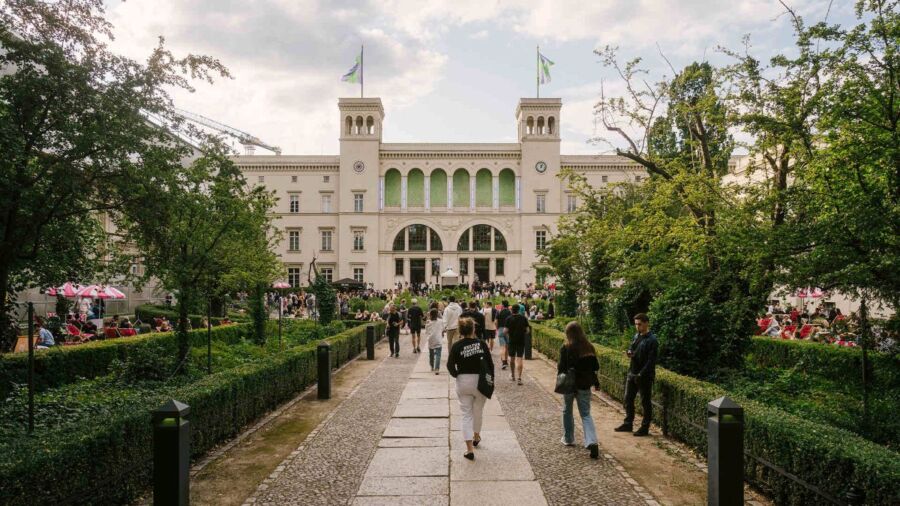
Berlin’s museum scene spans across five Museum Island institutions, each packed with world-class collections. The East Side Gallery transforms the Berlin Wall into the world’s longest open-air gallery. Meanwhile, the Hamburger Bahnhof showcases modern art in a former railway station.
Cologne’s Museum Ludwig holds one of Europe’s largest Pop Art collections. The city’s contemporary art scene clusters around the Belgian Quarter, with small galleries and artist studios dotting the streets. The Wallraf-Richartz Museum houses medieval paintings and Dutch masterpieces.
Music and Nightlife
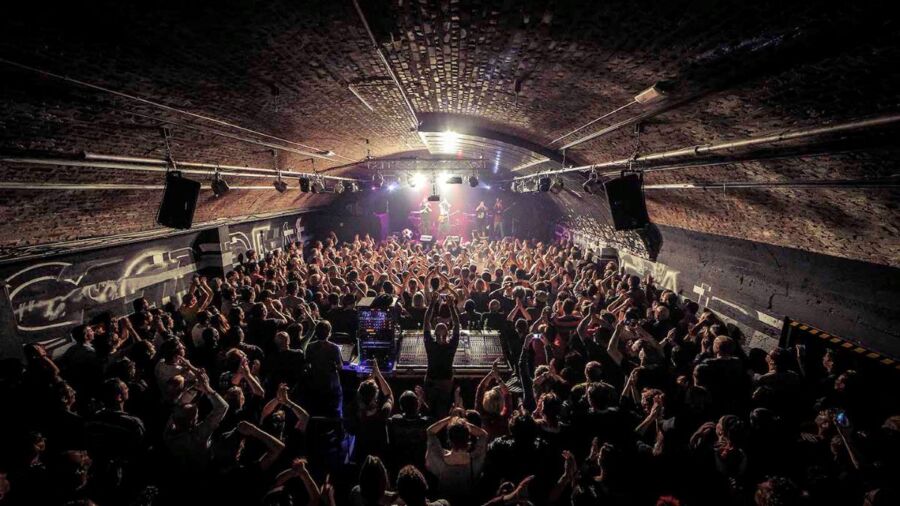
Berlin’s legendary techno clubs like Berghain and Tresor draw electronic music fans worldwide. The city never sleeps, with clubs often staying open from Friday night through Monday morning.
Cologne’s nightlife centers on the Rings, where traditional beer halls meet modern clubs. The city’s electronic scene thrives in spaces like Gewölbe and Bootshaus. Meanwhile, live music venues showcase everything from jazz to indie rock.
Festivals and Events
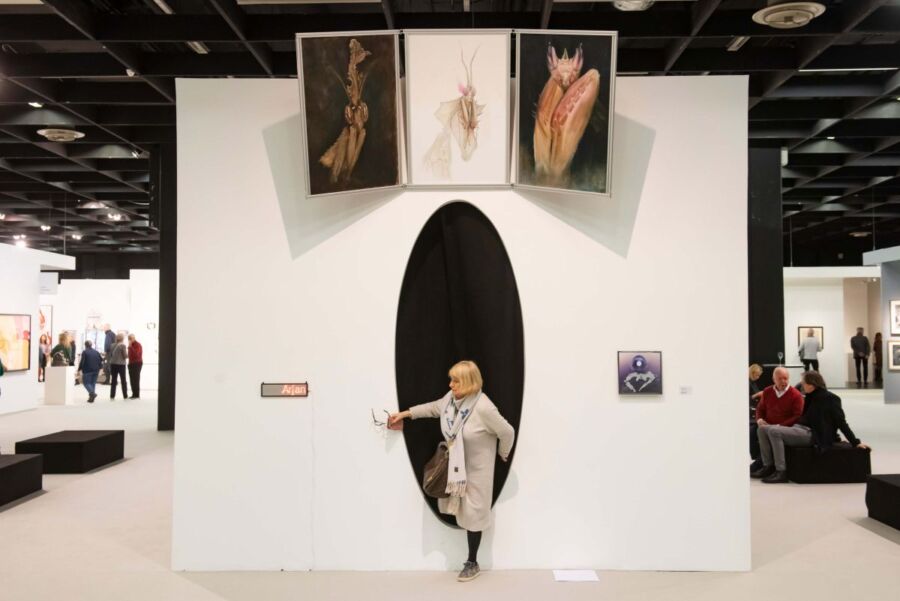
The Berlinale Film Festival brings global cinema to Berlin each February. The city hosts countless art fairs, including Gallery Weekend and Art Berlin.
Cologne’s carnival ranks among Germany’s biggest cultural celebrations. The city comes alive for six days of street parties and parades. Meanwhile, Art Cologne, the world’s oldest art fair, attracts collectors and galleries every spring. The c/o Berlin photography gallery organizes exhibitions year-round. On the other hand, Cologne’s Photoszene festival turns the entire city into a photo exhibition space each May.
Lifestyle and Population
Berlin and Cologne offer distinct living experiences shaped by their unique populations, cultural traditions, and social environments. Both cities embrace diversity while maintaining their own special character.
Demographics and Diversity
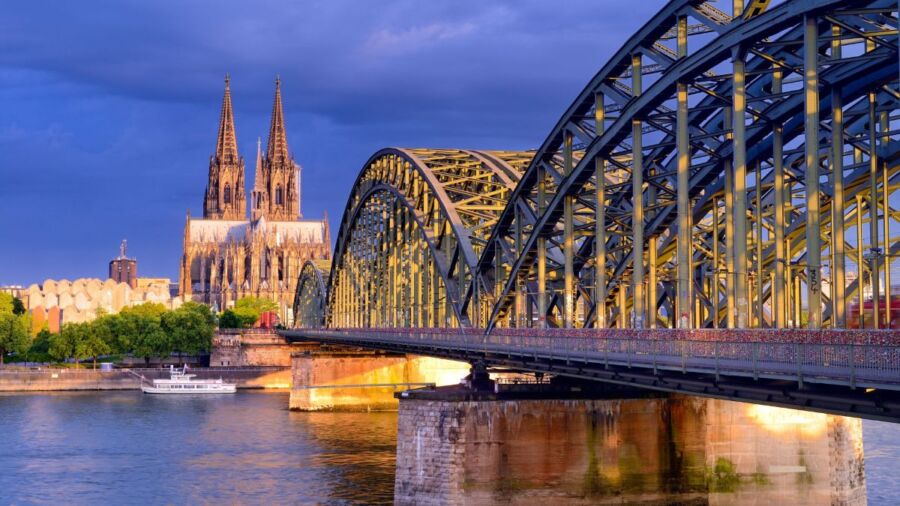
Berlin is home to 3.6 million residents, making it over three times larger than Cologne’s 1.13 million inhabitants. This size difference creates unique social dynamics in each city.
Berlin attracts a younger, more international crowd, with many startups and creative professionals calling it home. The city’s larger population supports a vibrant nightlife and arts scene.
Cologne maintains a more intimate feel despite being Germany’s fourth-largest city. The city draws many families and young professionals who appreciate its manageable size and friendly atmosphere.
Local Traditions
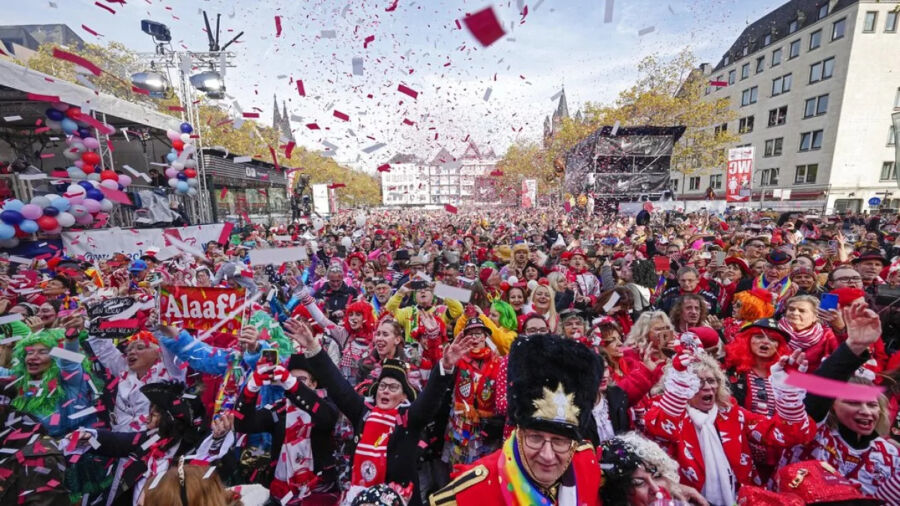
Cologne takes pride in its Kölsch culture – named after both the local beer and dialect. The city’s residents are known for their welcoming nature and love of celebration, especially during Carnival season.
Beer plays a central role in both cities’ social scenes. While Cologne sticks to its traditional Kölsch, Berlin embraces craft beer innovation and international varieties.
Family life thrives in both cities. Cologne offers numerous parks and family-friendly festivals throughout the year. Meanwhile, Berlin provides extensive green spaces and cultural activities perfect for children.
Cologne’s wild parrots add a unique touch to city life, thriving in the mild climate and creating unexpected urban wildlife encounters.
Economic Landscape
Berlin and Cologne show distinct economic strengths, with Berlin emerging as a startup powerhouse while Cologne maintains its position as a media and research hub. The GDP and purchasing power remain similar between the cities, with Berlin showing slightly higher numbers.
Business and Media

Berlin’s startup scene has exploded in recent years, with over 2,000 active startups calling the city home. The city attracts significant venture capital funding, especially in fintech and e-commerce sectors. Major companies like Tesla and Deutsche Bahn have established headquarters here.
Cologne shines as Germany’s media capital. The city hosts RTL Group, WDR (West German Broadcasting), and numerous publishing houses. The famous Koelnmesse trade fair center brings in massive business tourism, hosting over 50 international trade shows yearly.
Science and Technology Sector

Berlin’s tech ecosystem features innovation hubs like Adlershof Science City, home to 1,200+ companies and research facilities. The city’s universities partner with tech firms to create cutting-edge research in AI and biotechnology.
Cologne excels in life sciences and chemistry research. The city’s BioCampus hosts 30+ biotech companies, while the German Aerospace Center (DLR) maintains major facilities here, leading space research projects. The local Technical University specializes in automotive engineering and digital technologies.
The TIMES Media Park houses over 250 tech startups focusing on digital media and gaming development. This creates a unique blend of traditional media expertise with modern tech innovation.
Urban Infrastructure
Berlin and Cologne showcase distinct approaches to city design and mobility, with each city offering unique solutions for residents and visitors. These differences shape daily life and travel experiences in both metropolitan areas.
Public Transportation Networks
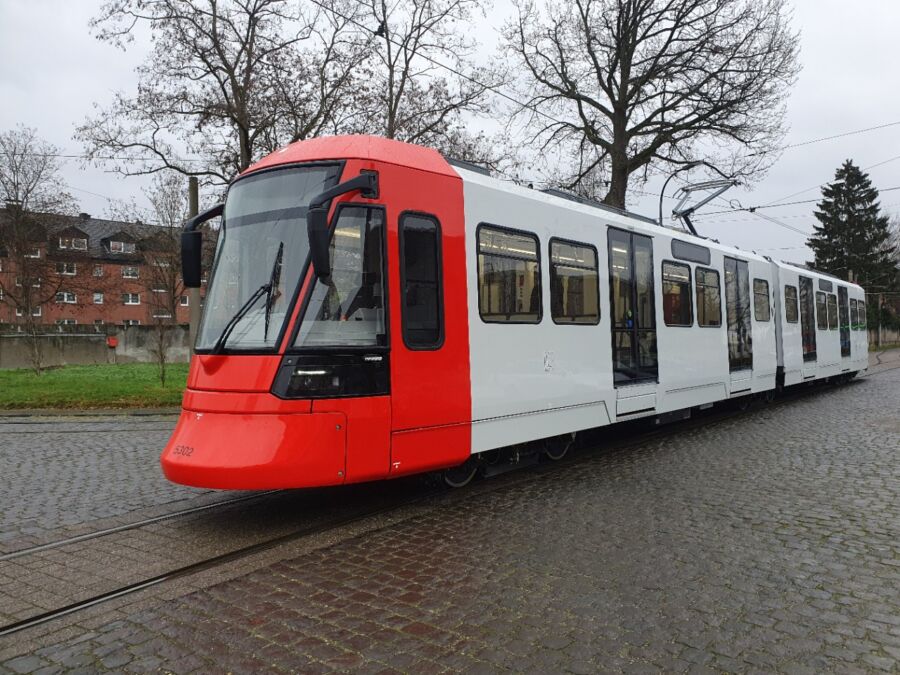
Berlin’s extensive public transit system includes U-Bahn, S-Bahn, trams, and buses that connect all parts of the sprawling city. The Berlin Hauptbahnhof serves as a major transportation hub near the government quarter.
The public transport in Cologne is more compact but well-integrated. The city’s efficient KVB network features light rail, buses, and trams that make getting around simple.
Both cities have bike-friendly infrastructure, though Cologne ranks higher for cycling accessibility. The Rhine city’s compact layout makes it easier to navigate by bike or foot compared to Berlin’s spread-out districts.
City Planning and Architecture
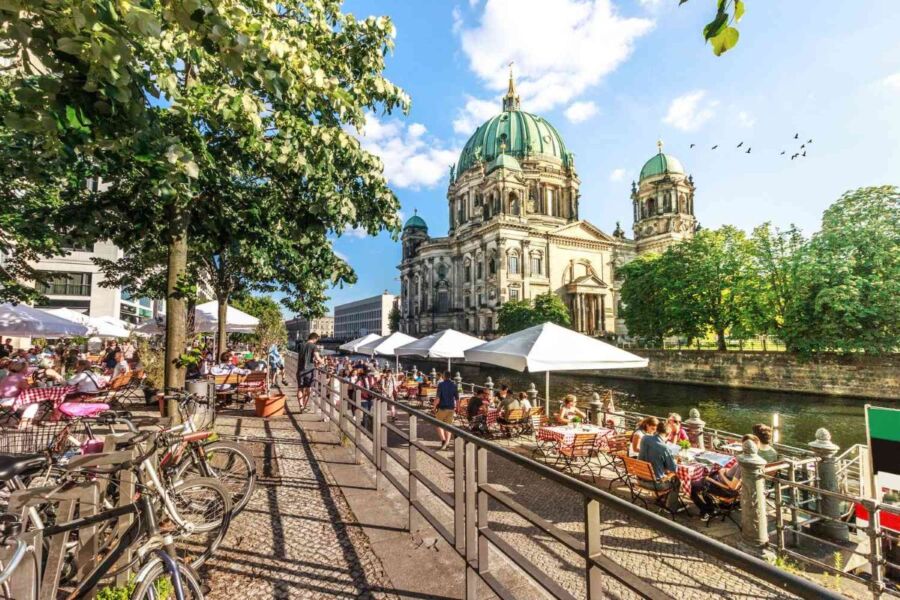
Berlin’s Mitte district showcases a mix of historic buildings, modern government structures, and cultural landmarks. The city’s layout reflects its divided past, with distinct architectural styles between former East and West sectors.
Cologne’s Old Town (Altstadt) features medieval charm centered around the famous Cathedral. The city follows a more traditional European design with narrow streets and historic buildings.
Urban density differs significantly – Berlin spreads across a larger area with more green spaces, while Cologne maintains a tighter, more walkable core along the Rhine River. This makes Cologne feel more intimate despite being Germany’s fourth-largest city.
Cost of Living Comparison
Berlin and Cologne have different costs of living, with Berlin being around 2-5% more expensive than Cologne when considering both rent and daily expenses.
Housing and Rent
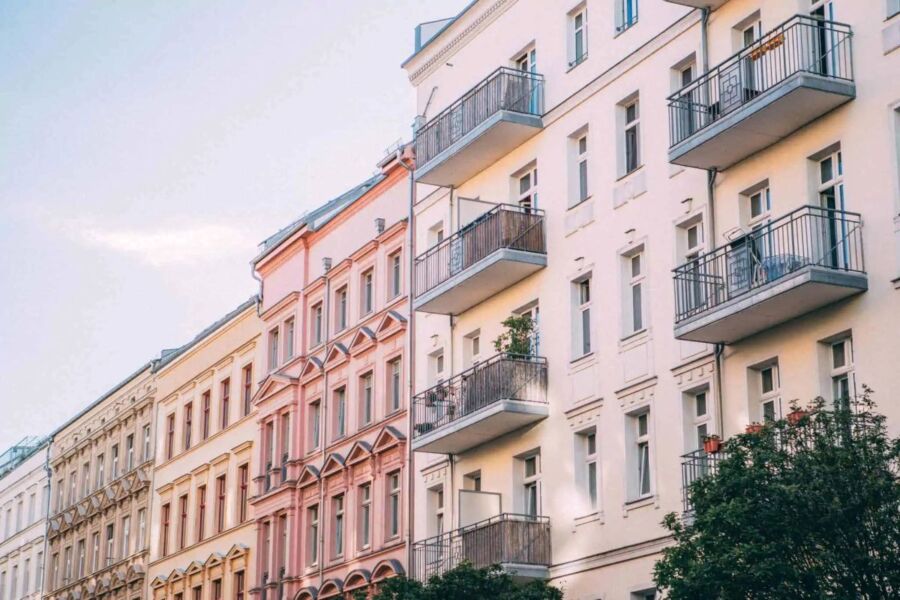
Rent makes up the biggest expense in both cities. A one-bedroom apartment in Berlin’s city center costs about €1,200-1,500 per month. Similar apartments in Cologne run €900-1,200 monthly.
Berlin’s trendy neighborhoods like Mitte and Prenzlauer Berg command premium prices. More affordable options exist in areas like Wedding and Neukölln.
Cologne’s popular areas include the Belgian Quarter and Ehrenfeld. The city offers more consistent pricing across different neighborhoods compared to Berlin.
Daily Expenses
Food costs are slightly higher in Berlin. A basic lunch menu costs around €15 in Berlin versus €17 in Cologne. Grocery prices are nearly identical between the cities, with just a 0.7% difference.
Transportation costs less in Berlin thanks to its extensive public transit network. Monthly passes run €86 in Berlin compared to €98 in Cologne.
The average salary goes further in Cologne. Monthly wages cover about 1.8 months of expenses there, while Berlin salaries stretch to 1.7 months of costs.
A single person needs roughly €5,200 in Berlin to maintain the same lifestyle that €5,100 would provide in Cologne.
Leisure and Entertainment
Berlin and Cologne offer tons of fun activities and entertainment options that’ll keep any visitor busy. Each city brings its own unique flavors, shopping scenes, and ways to spend free time.
Shopping Destinations
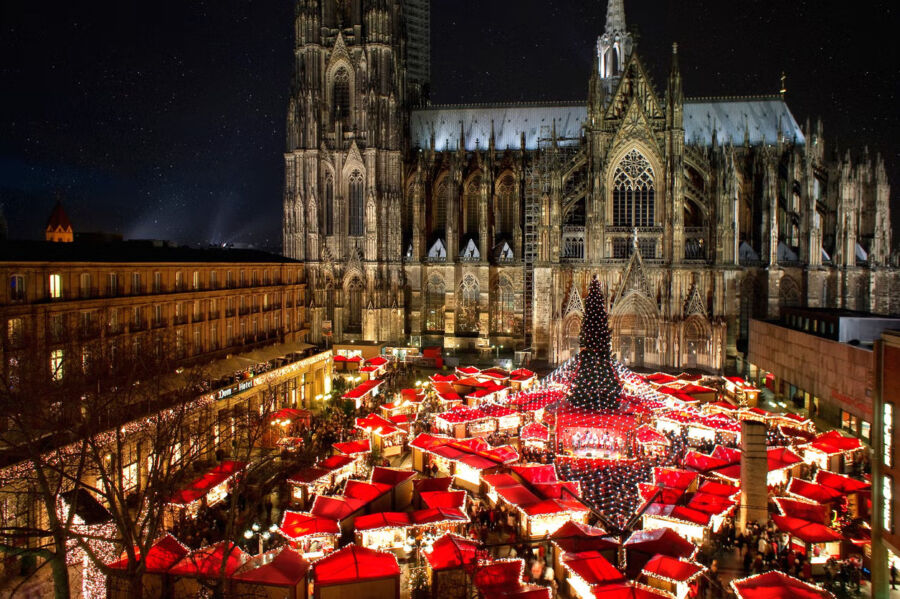
The shopping streets in both cities are packed with character. Berlin’s famous Kurfürstendamm (Ku’damm) stretches for 2.2 miles and features designer boutiques, department stores, and trendy shops. The KaDeWe department store on Ku’damm is a must-visit spot with 8 floors of luxury goods.
Cologne’s Schildergasse is one of Germany’s busiest shopping streets. It mixes modern retail chains with local specialty stores. The street gets super lively on weekends when street performers entertain shoppers.
Both cities have plenty of quirky vintage shops and flea markets too. The Mauerpark flea market in Berlin is perfect for treasure hunting on Sundays.
Food and Gastronomy
The food scene in Berlin is super diverse. You’ll find everything from traditional German spots to trendy international restaurants. Street food is huge here – make sure to try the döner kebabs and currywurst from local stands.
Cologne takes pride in its traditional brewhouses serving Kölsch beer and hearty German dishes. The city has over 3,000 restaurants ranging from casual to fancy. Local specialties include Himmel un Äd (heaven and earth) – black pudding with mashed potatoes and apple sauce.
Food markets are popular in both cities. Berlin’s Markthalle Neun hosts weekly street food events.
Recreational Activities
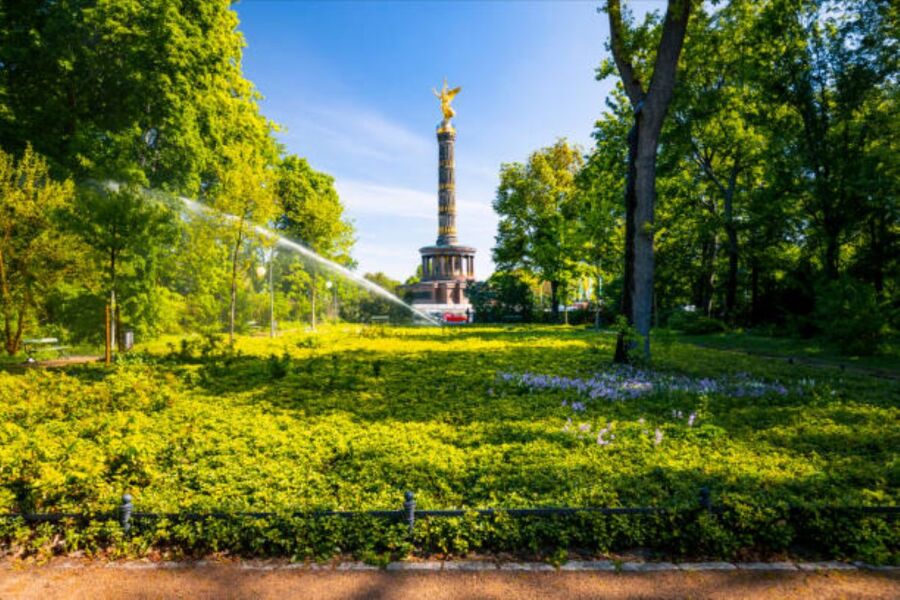
Berlin’s massive Tiergarten park is perfect for picnics, jogging, or just relaxing. The city has tons of recreational spots including beach bars along the Spree River during summer.
Cologne’s Rhine River promenade is great for walking or cycling. The Aqualand water park offers year-round swimming and slides. The city’s green spaces like the Rheinpark provide spots for outdoor activities.
Both cities have excellent sports facilities. Berlin boasts the Olympic Stadium while Cologne has the RheinEnergieStadion. Public pools, tennis courts, and fitness centers are easy to find in either city.
Fashion and Design

Berlin stands as Germany’s fashion capital, with a bold and edgy style scene that attracts designers from around the world. The city’s creative energy shows up in its numerous fashion weeks, indie boutiques, and street style trends.
Cologne takes a more traditional approach to fashion, blending classic German design with modern touches. Local designers often focus on wearable, practical pieces that reflect the city’s down-to-earth character.
Berlin Fashion Week draws international attention twice a year, showcasing cutting-edge designers and experimental collections. The city’s fashion scene embraces alternative styles, street wear, avant-garde designs, and sustainable fashion.
Cologne’s design landscape features small fashion houses and boutiques that celebrate craftsmanship. The city excels in classic menswear, traditional accessories, handmade jewelry, and quality leather goods.
Berlin’s style tends toward the dark and dramatic, with lots of black clothing and creative layering. Young designers push boundaries and mix different cultural influences into their work.
Cologne shines in the beauty industry with its signature fragrance houses and cosmetic brands. The city’s 4711 eau de cologne remains an iconic luxury product that shaped the global perfume industry.
Both cities host design academies and fashion schools that shape new talent. Berlin attracts more experimental students, while Cologne’s programs focus on traditional techniques and business-ready designs.
Tourist Attractions and Travel Tips
Both Berlin and Cologne offer unique attractions that showcase Germany’s rich history and modern culture. Each city provides distinct experiences for tourists, from historic landmarks to vibrant neighborhoods.
Must-Visit Places
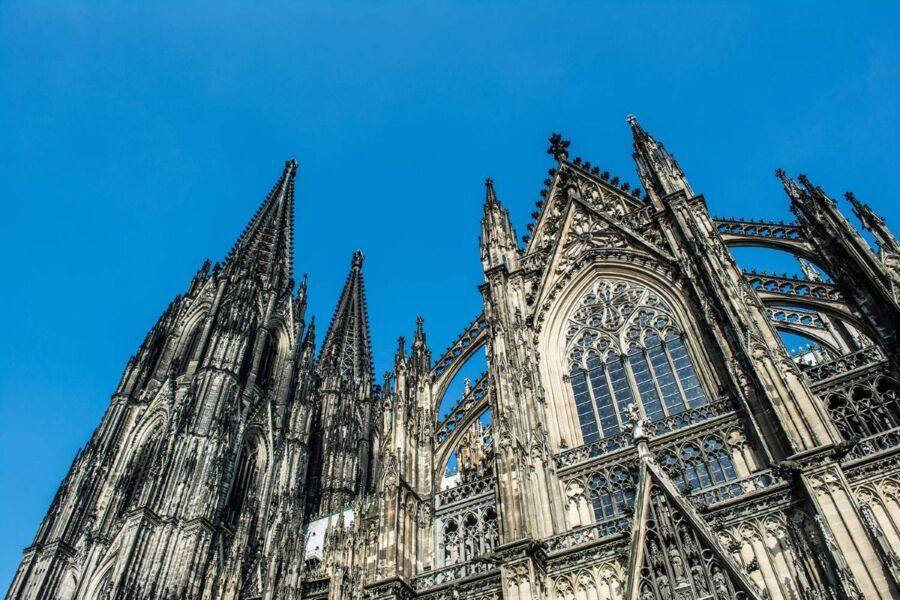
The iconic Brandenburg Gate stands as Berlin’s most famous landmark, drawing millions of visitors each year. The East Side Gallery, a preserved section of the Berlin Wall, displays powerful street art that tells stories of Germany’s past.
Cologne’s stunning Gothic Cathedral dominates the city skyline and ranks as Germany’s most visited attraction. The cathedral’s twin spires reach 157 meters high, offering breathtaking views for those willing to climb the 533 steps.
Both cities feature world-class museums and cultural sites. Berlin’s Museum Island houses five prestigious museums, while Cologne’s Ludwig Museum showcases an impressive modern art collection.
Accommodation and Services
Book accommodations early during peak tourist seasons in both cities. Berlin offers more budget-friendly options in trendy neighborhoods like Kreuzberg and Prenzlauer Berg.
Cologne’s hotel prices tend to spike during major events like Carnival and the Christmas markets. The best places to stay are near the Old Town or along the Rhine River.
Public transportation runs efficiently in both cities. Berlin’s extensive network of trains and buses makes exploring easy. Cologne’s compact city center means many attractions are within walking distance.
Traveler Anecdotes
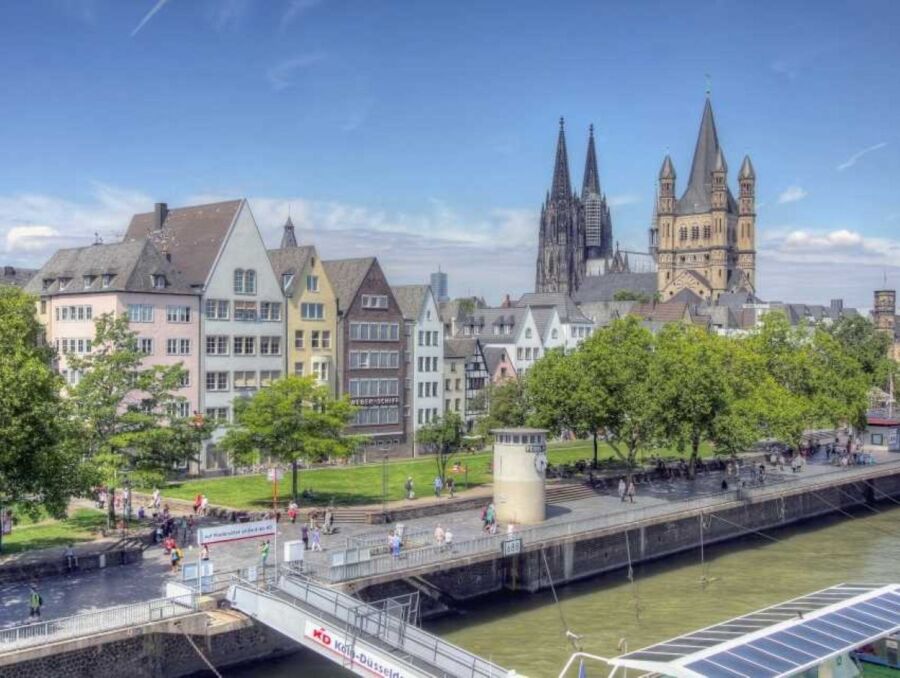
Tourists often praise Berlin’s street food scene, especially the döner kebabs found throughout the city. The weekend flea markets at Mauerpark attract locals and visitors alike.
Many travelers recommend taking evening walks along Cologne’s Rhine promenade. The local Kölsch beer served in traditional brewhouses creates memorable experiences.
Guided walking tours help visitors discover hidden gems in both cities. People particularly enjoy Berlin’s alternative art scene tours and Cologne’s Roman history walks.
Frequently Asked Questions
Berlin and Cologne offer distinct experiences in Germany, each with unique attractions, holiday traditions, and cultural highlights that set them apart from other European destinations.
What are the key differences in tourist attractions between Berlin and Cologne?
Berlin’s main attractions center around modern history, with the East Side Gallery, Brandenburg Gate, and Checkpoint Charlie drawing millions of visitors yearly.
Cologne’s star attraction is its massive Gothic cathedral, the Dom, which took over 600 years to complete. The city also features well-preserved Roman ruins and twelve Romanesque churches.
Which city offers a more authentic Christmas market experience, Berlin or Cologne?
Cologne hosts four major Christmas markets, with the Cathedral Market being among Germany’s most famous. The scent of mulled wine and local sweets fills the medieval city center.
Berlin’s markets are more spread out, with about 80 different ones across the city. The Gendarmenmarkt Christmas Market stands out for its mix of traditional and modern elements.
Considering cost of living, which city is more budget-friendly for visitors, Berlin or Cologne?
Cologne tends to be more affordable, with lower prices for dining and accommodations. A typical meal at a mid-range restaurant costs about 15% less than in Berlin.
Public transport in Cologne is also cheaper, and many attractions are within walking distance of the city center.
Can you compare the cultural and historical offers of Berlin and Cologne?
Berlin features over 170 museums, including Museum Island’s world-class collections. The city’s street art scene and alternative culture make it a modern arts hub.
Cologne’s history dates back to Roman times, with preserved ancient walls and gates. The city also houses important art collections and the famous Chocolate Museum.
What are some unique activities to do in Berlin and Cologne not found elsewhere?
Berlin offers underground bunker tours and trips to abandoned spy stations. You can take street art workshops or visit the world’s largest cylindrical aquarium.
Cologne lets you ride a cable car across the Rhine River. The city’s signature experience is climbing the 533 steps of the Cathedral’s south tower.
How do travel experiences differ between Berlin and Cologne during major holidays?
Berlin’s summer Love Parade and autumn Festival of Lights transform the city into a celebration of music and art.
Cologne’s Carnival is one of Europe’s biggest street festivals, drawing over a million visitors. The city comes alive with parades, costumes, and traditional music.



